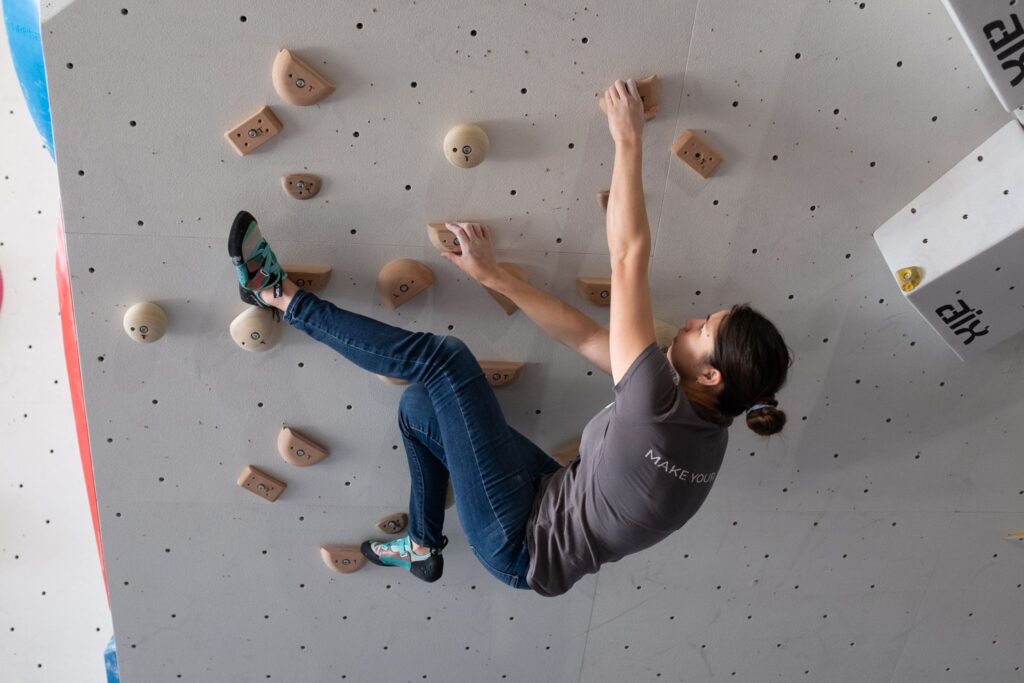TENSION BOARDS
Train Hard With Tension Climbing
ICP Home > Climbing Walls > Training > Tension
Tension Walls
Early training boards were simple, had limited holds, and were damaging to finger skin with sharp edges. In 2015 two Colorado-based climbers/designers came with a wooden training board system and Tension Climbing was born. Their Tension board design focused on using wooden grips so climbers were forced to use grip strength rather than using surface tension between the skin and a textured plastic hold. Tension boards are all about precision and getting the climber to think about the outcomes from slight adjustments in their grip.
How Does a Tension Board Help You Train?
Focusing on the grip of a hold or the precise movements needed is vastly different from real-world outdoor climbing. The holds are all smooth and very similar in size and shape while climbing pre-determined betas removes a lot of the creative thinking that goes on in many other climbing scenarios. Tension Boards also have a y-axis symmetry. While some climbers feel this offers little benefit, many enjoy finding out the weak spots in their climbing skills list. Identifying a dominant grip type or dynamic move preference is what makes training on a Tension Wall so effective.
The result of using a Tension board is that climber grip strength is greatly improved and climber deficiencies are identified whereas other training boards are more about finger strength and power moving between the holds.
Tension Boards VS MoonBoards
While quite similar in a lot of ways there are some big differences. Some climbers prefer the easy-on-the-skin feel of wooden holds and extra strength required while some like a variety of holds shapes and sizes and more problems, which the MoonBoard offers. Some think that wooden footholds are slippery while others see this as a way to work on body position and core strength. These days MoonBoard now have some wooden hold options further blurring the lines of difference. MoonBoards, just like Kilter Boards, and Tension Boards all offer climbing systems slightly different in holds size, structure, angle adjustment, lights, and connectivity. Your best option when deciding to buy a training board is to see if any local gyms in your area have one to try out first.
Both boards offer apps for connecting with other climbers, acquiring new routes from the manufacturer and other climbers, and keeping a track of what you have climbed.
Tension Board Specifics
These training boards come in sizes 8ft x 12ft, 8ft x 10ft and 5ft x 10ft.
The climbing angles are adjustable from 20° to 50° while 40° is the recommended incline.
Official Tension Climbing holds for the Tension Board include: pinches, crimps, edges, sloper balls and finger buckets (like jugs). Only T-nuts are used to attach holds to the board.


Tension Board in Gym

Tension Holds In Action


